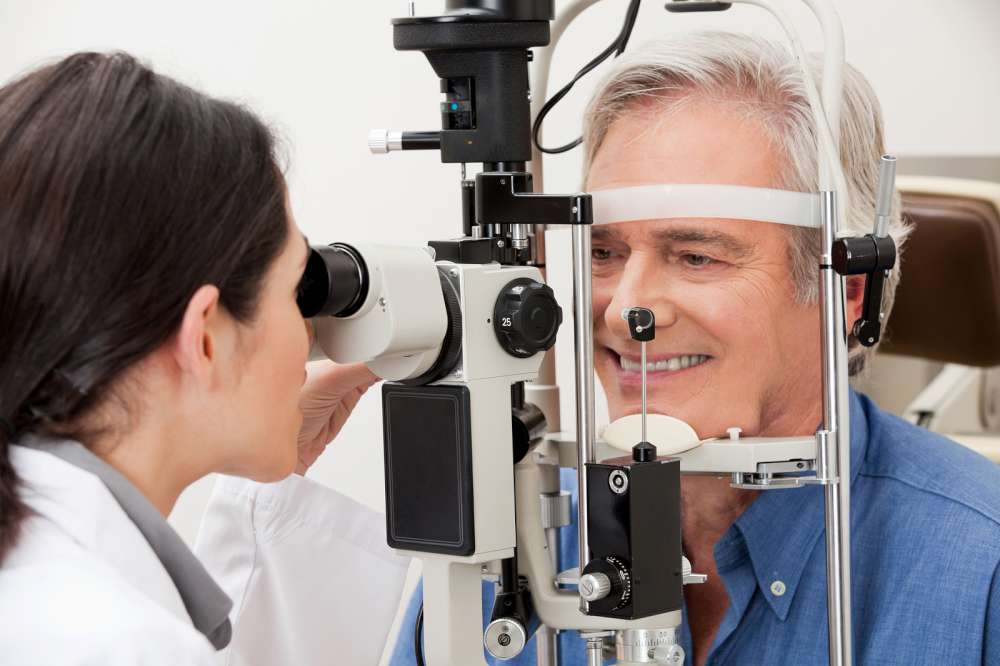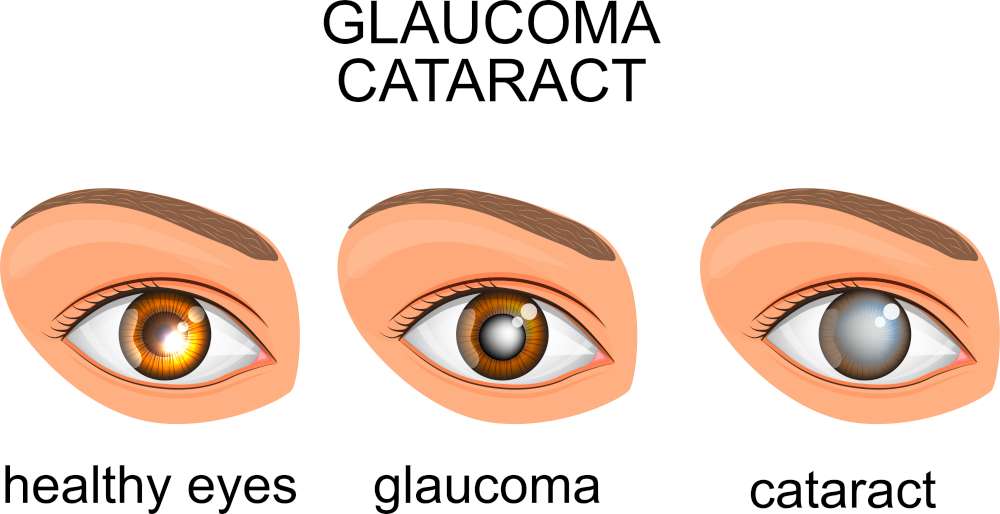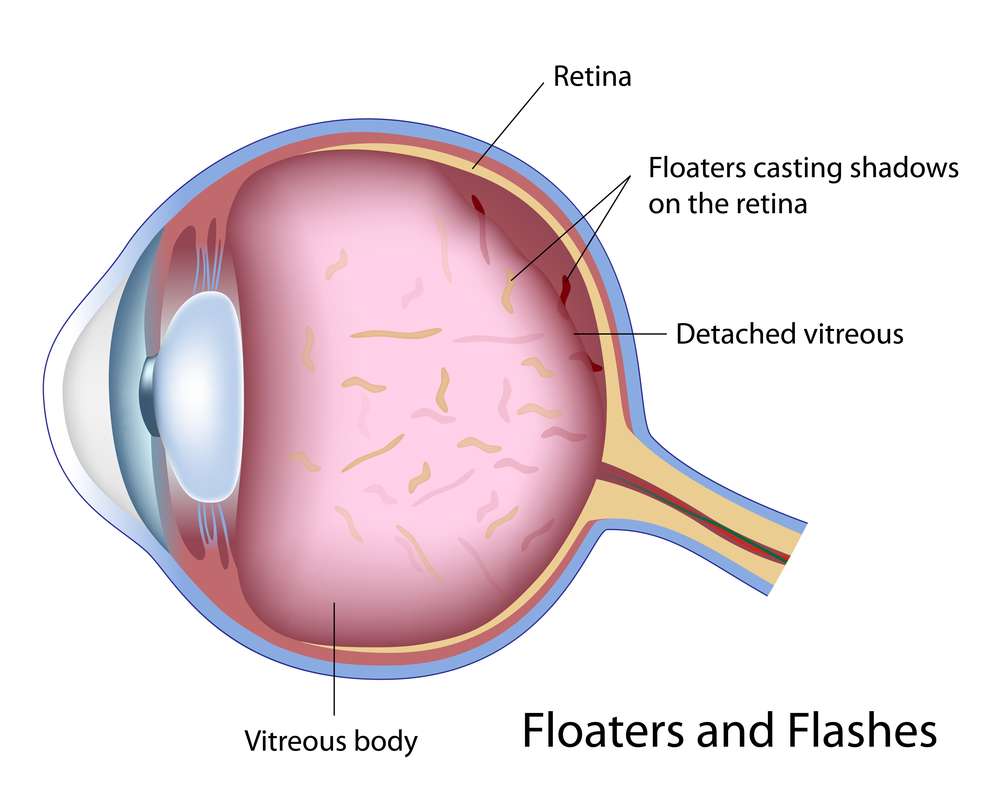By Dr. Neha Sharma

As you tackle the challenges of aging, it is important to keep your eyes in mind. The most vital steps involve preventive efforts. According to Dr. John Kircher, ophthalmologist, “baby boomers are strongly encouraged to get an eye exam once a year.”
Preventive eye care is always the first line of defense. Optimal care includes periodic eye exams (every 2-3 years for healthy patients under 50, yearly for patients over 50 or those with known health risk factors), following a healthy lifestyle which includes regular exercise and a nutritious diet, not smoking and wearing UV protective sunglasses or goggles when appropriate.
 Three conditions that can particularly afflict the aging eyes are cataracts, glaucoma and detached retinas.
Three conditions that can particularly afflict the aging eyes are cataracts, glaucoma and detached retinas.
Simply put, a cataract is a clouding of the normally clear lens of your eye. It is a vision impairing disease characterized by gradual progressive thickening of the lens of the eye. It is the world’s leading cause of treatable blindness. Risk factors include increasing age, diabetes, smoking, high blood pressure, previous eye injury, excessive alcohol use or prolonged use of corticosteroids. Dr. Kircher stated that the most common symptom is decreased visual acuity often described as “foggy or clouded vision” and some patients may present with a glare. Diagnosis requires a complete ocular examination and further testing. According to Dr. Kircher, the definitive treatment for age related cataracts is surgery in form of lens extraction. Fortunately, cataract surgery is generally a safe, effective procedure.

Glaucoma is another leading cause of blindness in adults over 60 years old. It is a disease that damages your eye’s optic nerve. It usually happens when fluid builds up in the front part of your eye creating increased pressure. Risk factors include age over 40, family history of glaucoma, African or Hispanic heritage, history of high eye pressure, diabetes, thin cornea or optic nerve.
Two major types of glaucoma include primary open-angle glaucoma and angle closure glaucoma.
Primary open-angle glaucoma is described as a multifactorial optic neuropathy that is chronic, progressive and irreversible. Dr. Kircher emphasized that this type of glaucoma has a silent nature and patients usually do not present any symptoms until late in the disease course. Regular eye exams are important to find early signs of damage to their optic nerve.
 Angle closure glaucoma on the other hand, is a true eye emergency and can cause blindness if not treated right away. Symptoms include blurry vision which is sudden in nature, severe eye pain, headache, nausea or seeing rainbow-colored rings or halos around lights.
Angle closure glaucoma on the other hand, is a true eye emergency and can cause blindness if not treated right away. Symptoms include blurry vision which is sudden in nature, severe eye pain, headache, nausea or seeing rainbow-colored rings or halos around lights.
Treatment modalities for glaucoma include medications, laser therapy and surgery.
Retinal detachment describes an ophthalmological emergency in which the retina at the back of the eye pulls away from its normal position. Retinal detachment itself is painless but warning signs almost always appear before it occurs or has advanced. According to Dr. Kircher, symptoms to look out for include “sudden appearance of floaters, flashes of light in one or both eyes, blurry vision, a curtain like shadow over your visual field or gradually reduced peripheral vision.” It is imperative to get help right away if you experience any of these symptoms. Treatment involves surgical repair and there exist a multitude of techniques for treating retinal detachments.

As we get older, the challenges of the aging eyes magnify. However, with increased awareness, preventive efforts and early detection, the challenges can be minimized.














